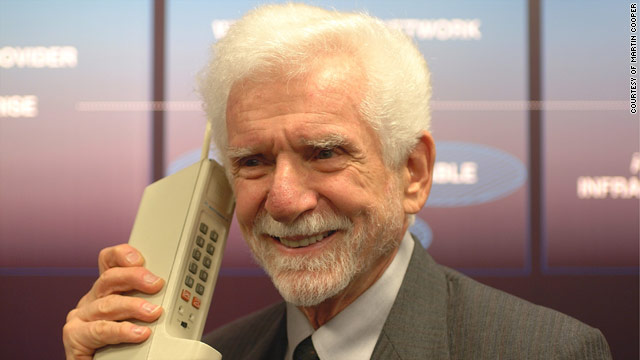The Earth's
Atmosphere
The present atmosphere of the Earth is probably not its original atmosphere. Our current atmosphere is what chemists would call an
oxidizing atmosphere, while the original atmosphere was what chemists would call a
reducing atmosphere. In particular, it probably did not contain oxygen.
Composition of the Atmosphere
The original atmosphere may have been similar to the composition of the solar nebula and close to the present composition of the Gas Giant planets, though this depends on the details of how the planets condensed from the solar nebula. That atmosphere was lost to space, and replaced by compounds outgassed from the crust or (in some more recent theories) much of the atmosphere may have come instead from the impacts of comets and other planetesimals rich in volatile materials.
The oxygen so characteristic of our atmosphere was almost all produced by plants (
cyanobacteria or, more colloquially, blue-green algae). Thus, the present composition of the atmosphere is 79% nitrogen, 20% oxygen, and 1% other gases.
The atmosphere of the Earth may be divided into several distinct layers, as the following figure indicates.

The Troposphere
The troposphere is where all weather takes place; it is the region of rising and falling packets of air. The air pressure at the top of the troposphere is only 10% of that at sea level (0.1 atmospheres). There is a thin buffer zone between the troposphere and the next layer called the tropopause.
The Stratosphere and Ozone Layer
Above the troposphere is the stratosphere, where air flow is mostly horizontal. The thin ozone layer in the upper stratosphere has a high concentration of ozone, a particularly reactive form of oxygen. This layer is primarily responsible for absorbing the ultraviolet radiation from the Sun. The formation of this layer is a delicate matter, since only when oxygen is produced in the atmosphere can an ozone layer form and prevent an intense flux of ultraviolet radiation from reaching the surface, where it is quite hazardous to the evolution of life. There is considerable recent concern that manmade flourocarbon compounds may be depleting the ozone layer, with dire future consequences for life on the Earth.
The Mesosphere and Ionosphere
Above the stratosphere is the mesosphere and above that is the ionosphere (or thermosphere), where many atoms are ionized (have gained or lost electrons so they have a net electrical charge). The ionosphere is very thin, but it is where aurora take place, and is also responsible for absorbing the most energetic photons from the Sun, and for reflecting radio waves, thereby making long-distance radio communication possible.
The structure of the ionosphere is strongly influenced by the charged particle wind from the Sun (
solar wind), which is in turn governed by the level of Solar activity. One measure of the structure of the ionosphere is the free electron density, which is an indicator of the degree of ionization. Here are electron density
contour maps of the ionosphere for months in 1957 to the present. Compare these simulations of the variation by month of the ionosphere for the year
1990 (a period of high solar activity with many sunspots) and
1996 (a period of low solar activity with few sunspots):
 |
Electron Density
The adjacent animations simulate the variation by month of the ionosphere for two different years:
1. The year 1990 (upper image), which was a period of high solar activity with many (150) sunspots.
2. The year 1996 (lower image), which was a period of low solar activity with few (10) sunspots.
The plots show electron density contours, which are an indication of the amount of ionization in the atmosphere. Yellows and reds indicate larger ionization and blues and greens indicate smaller ionization. Notice the substantial differences in these two animations, with much stronger atmospheric ionization in the upper image (the active Sun of 1990) than the lower image (the quiet Sun of 1996).The adjacent images are based on these electron density contour maps of the ionospherefor months in the year 1957 to the present. Additional animations may be found in thisNOAA directory. |



